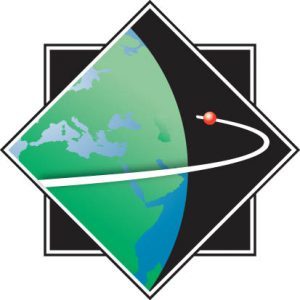A Life Science project examines some aspect of the life or lifestyle of an organism, which encompasses all types of non-human life such as plants, animals, birds, fish and insects. Life Science includes botany, zoology and entomology. It also includes crop development projects pertaining to agriculture, horticulture or silviculture (forestry); animal science projects pertaining to animals involved in agriculture and aquaculture; and microbial projects pertaining to affect of microbes on productivity in agriculture, horticulture and forestry or their use in industrial processes. An Earth Science project focuses on topics relating to planetary processes, the relationships of organisms to those processes, and the relationships among organisms. Projects will fall into the following fields of study: geology, mineralogy, physiography, oceanography, limnology, climatology, seismology, geography, and ecology. Earth science includes environmental science. It can involve the study of pollution (air, water, and land). Studies dealing with resource management or sustainable development would fall into this category. Projects involving animals demand careful planning with respect to Youth Science Canada regulations. Please check out the FLASF Ethics regulations in the list at the top of the Project Information page.
Those projects which are derived from a life science topic, but have as their major focus a problem in another discipline, are better placed in a different category.
- Example One: An acid rain project that investigates the effect of acid precipitation on potted geraniums would be a life science project, while another that examined precipitation from varying weather patterns would be a physical science project.
- Example Two: The effect of microwaves on germinating mung beans would be a life science project, while cooking the mung beans using microwaves would not.
- Example Three: The meteorological characteristics of a Chinook would be physical science, while the effects of a Chinook on living organisms would be life science.
